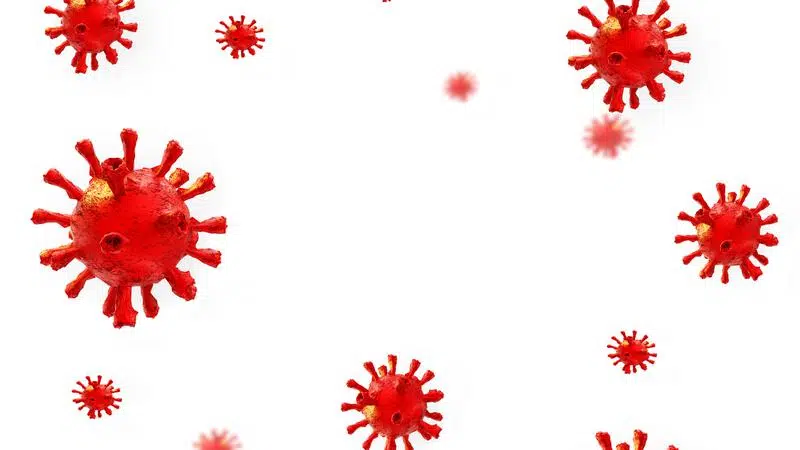
CHARBONNEAU: Coronavirus gives the virus family a bad name
MOST VIRUSES AND BENIGN and some are even lifesaving. Only a few cause panic and fear.
We are literally immersed in viruses. A UBC professor has discovered that billions of them rain down on us daily. Curtis Suttle, co-author of the study, found their source. He was initially puzzled as to why the same viruses are found everywhere on Earth.
“We found the same viruses pretty much everywhere in the planet,” Suttle told CBC radio’s Quirks & Quarks. “We would find the same viruses in a meltwater pond in the Arctic Ocean, or in the Gulf of Mexico, or in a lake in Germany. It was puzzling to use because we wouldn’t expect the same host organisms to exist in all those different environments.” (December 28, 2018)
He found that the viruses are swept up from deserts and oceans and carried aloft to altitudes of 3,000 metres where they cross continents and rain down upon the earth in a microbial deluge, largely unseen and unnoticed by humans.


